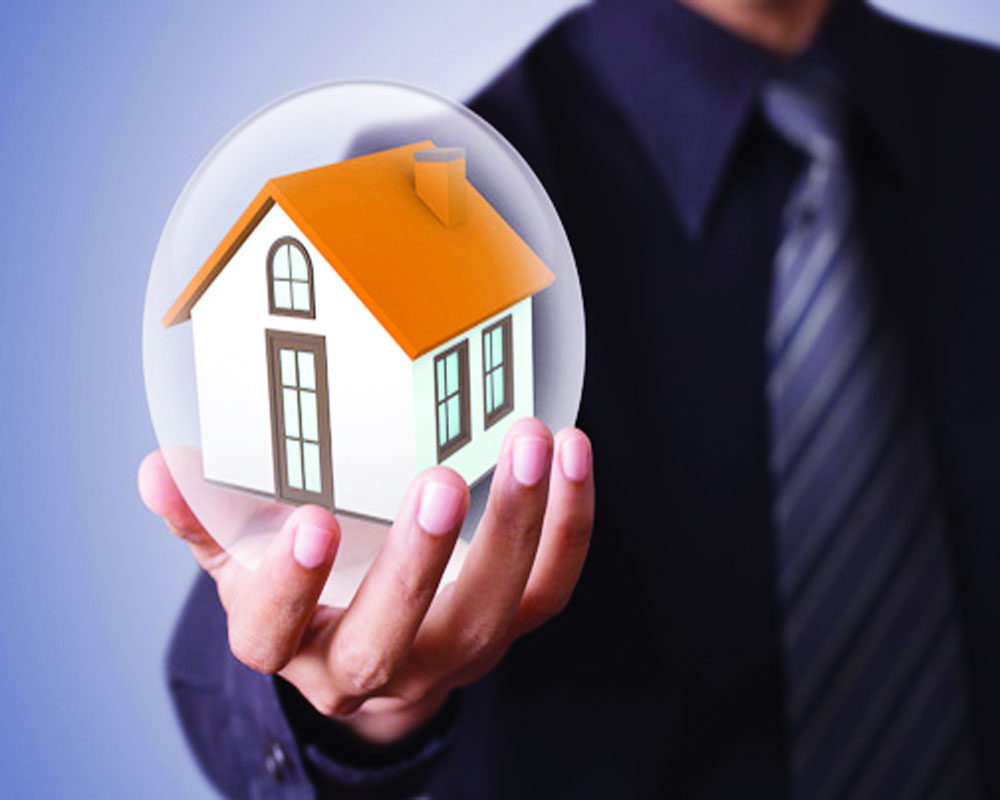Reduce carbon footprint of affordable housing sector by integrating thermal performance and energy efficiency measures in Pradhan Mantri Awas Yojana, write Ruchie Kothari & Shwetang Monani
Residential buildings accounted for 24% of the total electricity consumption in India in 2016. This total electricity consumption will increase as more housing units are built to meet the estimated demand of 38 million housing units in 2030. The electricity consumption per household is also increasing as people have access to better electricity and invest in more appliances due to increasing spending power. As a result, national electricity consumed by the residential sector is expected to increase by more than eight times by 2050.
The construction industry already accounts for 25-40% of the world’s total carbon emissions. Increase in energy consumption by the residential sector will result in an exponential increase in Greenhouse Gas (GHG) emissions without appropriate mitigation interventions.
Affordable housing, including the Low Income Group (LIG) and Economically Weaker Section (EWS), accounted for almost 96% of the residential housing demand in 2012. Even though the energy consumption of the affordable housing sector is relatively small right now, it will increase as the number of buildings and appliance usage increases. Hence, any strategy to reduce energy consumption in the residential sector must include the affordable housing sector.
The affordable housing sector is largely managed by the government owing to its role as regulator and major builder. The government launched several initiatives to meet the affordable housing shortage through its vision on ‘Housing for All by 2022.’ It launched the Pradhan Mantri Awas Yojana (PMAY) — Urban (PMAY-U) and Rural (PMAY-R) in 2015. Most recently, it launched the Affordable Rental Housing Complexes (ARHCs) scheme under PMAY-U to provide affordable housing to migrant workers and the urban poor. The PMAY sub-schemes provide financial support to State/Union Territories (UTs) through different interventions.
Integrating thermal comfort and energy efficiency strategies into the PMAY schemes provides a unique opportunity for wide-spread and quick adoption by the affordable housing sector. These strategies can be made mandatory through the PMAY schemes thus linking them to fiscal benefits.
As a first step, the scope of the building design regulations under PMAY needs to be increased. This can be done by integrating Energy Conservation Building Code-Residential (ECBC-R) developed by the Bureau of Energy Efficiency’s (BEE) into PMAY schemes.
The first part of ECBC-R includes design and material selection to improve thermal comfort in residential buildings, improve natural ventilation and increase daylighting. This will help reduce energy demand for lighting, cooling or heating. This is especially beneficial to the LIG and EWS population which may be unable to purchase appropriate appliances, especially to improve thermal comfort, due to financial constraints.
The second part of the ECBC-R will include strategies for sustainable mechanical systems such as heating, cooling and renewable energy systems. Including sustainable cooling technologies is key to reducing the GHG footprint of buildings. Rising global temperature due to climate change is forcing more and more people to use air conditioners to achieve thermal comfort in their homes. Almost 30% of electricity consumption in homes is from air-conditioning making it one of the biggest contributors towards spikes in energy consumption. Most refrigerators and air-conditioners contain chemical refrigerants that have 1,000 to 9,000 times greater capacity to warm the atmosphere compared to carbon dioxide. It is necessary to phase out these refrigerants and support climate responsive sustainable cooling systems. While use of air-conditioners in LIG and EWS housing units is low currently, the number is expected to increase in both rural and urban areas by 2030.
ECBC-R (Part I) can be made mandatory for all affordable housing projects, while ECBC-R (Part II) can be made voluntary. Sustainable mechanical technologies can have high cost and maintenance requirements and should be provided based on project-to-project suitability. PMAY can provide greater financial benefits to projects adopting ECBC-R (Part- II).
While design interventions can be integrated into projects at zero cost, material and technology interventions may result in increased construction costs. It will be necessary to reduce the financial burden on developers as well as buyers. The government must invest in research and testing for new materials and technologies. Housing built through the ARHC schemes provide a great opportunity to construct pilot projects as occupants do not invest in the property directly.
It will also be necessary for the government to simultaneously roll out financial support programs. Direct/indirect mechanisms need to be introduced to absorb the extra costs of building sustainably. Increasing home loan subsidies with relaxations in GST and taxes will incentivise construction of low carbon buildings. Housing schemes under PMAY with green building certifications can be awarded extra subsidies coupled with stamp duty waiver. Strategic relaxation in Floor Space Index (FSI) norms can help reduce common infrastructure development costs. Developers can use the excess budget to provide energy efficiency measures in their buildings.
Robust enforcement and high compliance rate will be essential to ensure the intended energy savings and GHG reductions through this strategy. Regular evaluation and improvements to the policy will help build trust amongst all stakeholders and inspire confidence in adopting energy efficiency strategies. This will help us stay on track to achieve our carbon goals.
The writers are Anant Fellows for Climate Action


























